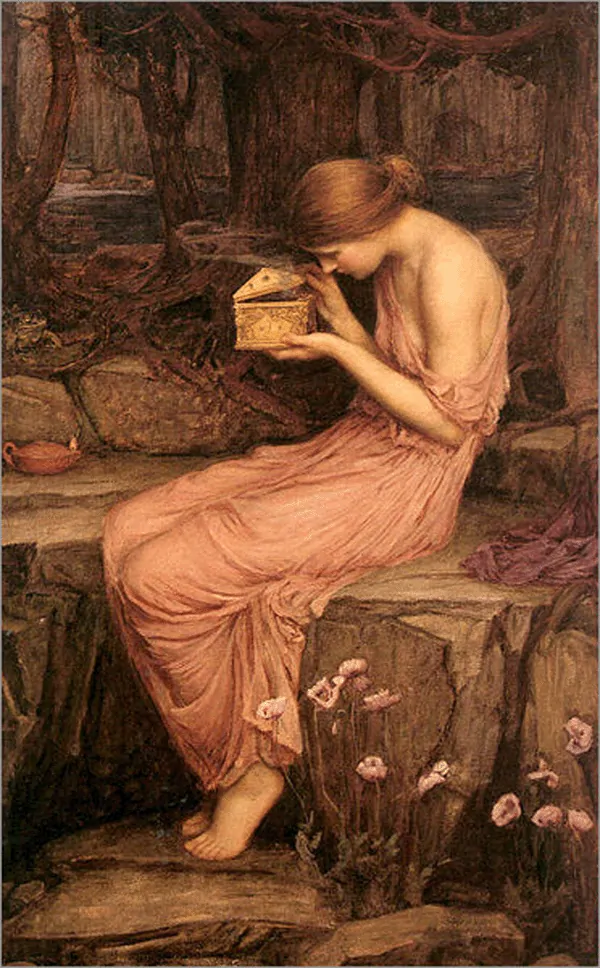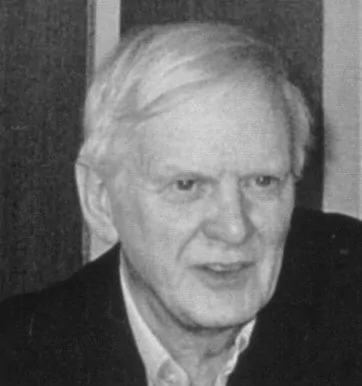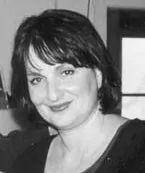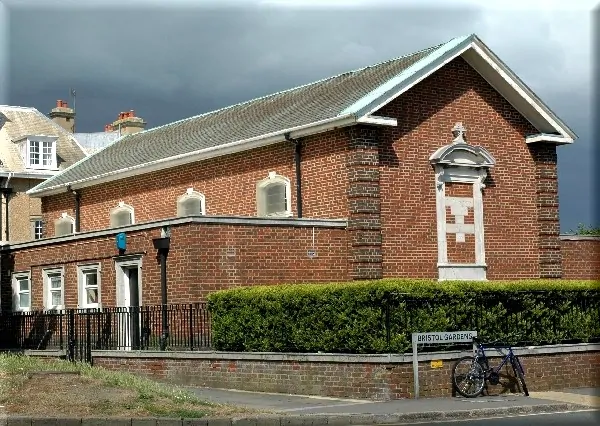Psyche Integration
Brighton Seminar

This approach of psyche integration has emerged from a century of psychoanalysis, group psychotherapy and explorations of spiritual methods, and takes into account recent discoveries about self-organizing processes.
Psyche integration evokes the paradox that we are looking to put something together that is already together. It raises the enigma of ‘I’ and ‘me’: who am I to put me together? In psyche integration, there is no guru or therapist to do the job, and no theory dictating what the self or soul might be. What is provided is a structure of experiences, gone through in the company of others. Each form of experience illuminates the others, and each person supports the other participants.
It does all this by weaving together several different practices or forms of experience, each of which corresponds to an intrinsic way of processing experience. Each of the several methods not only gives a form of experience but also a way of seeing what experience means. The practices have been developed from work going back over many years, with which the facilitators have been intimately connected. The facilitators are responsible for the smooth running of the process, but the inner work is done by each person in their unique ways.
Participants identify and explore their own aims. Some may wish to go more deeply into themselves while others will want to go into and understand better the workings of mind in self and society. Others still may want to explore creativity.
It enables people to explore for themselves the fundamental questions of ‘Who am I?’ the making of a soul, and our relations with the past and future. It helps people deal with the stress and confusion of contemporary life. It brings mind, heart and body into better balance.
The process is flexibly designed to be implemented in various time–periods from one day to one week. There are seven elements combined in a cycle, usually daily.
The sources of the methods are group psychotherapy, Jungian analysis, fourth way spirituality, systems thinking and design methodology. The methods have been developed and integrated through the researches of the DuVersity.

ELEMENTS OF THE CYCLE
EXPERIENTING SOMATIC THINKING
SOCIAL DREAMING
CONSCIOUS MOVEMENT
COLLAGE IMAGINATION
DIALOGUE
LOGOVISUAL ARTICULATION
INTENSIVE LISTENING MUSIC

Experienting – experiment with the ‘stuff’ of experience through physiological meditation or somatic thinking – from George Gurdjieff
Social dreaming – association to the meaning of dreams that are shared in the group as a collective insight – from Gordon Lawrence
Conscious Movement – gestural movement to integrate psyche and soma and producing whole body images that can evolve into a story – from George Gurdjieff
Collage Imagination – accessing meaning through the aesthetics and beauty of visual art using tissue paper collage – from Dr Edith Wallace
Dialogue – dialogue of equals to share meaning and develop mutual understanding in the median group – from Patrick de Mare
Logovisual Articulation – articulation of molecules of meaning and their integration into unifying insights – from John Bennett
Intensive Listening in Music (ILM) – accessing the field of active information through music and sounds – from Edward Matchett

Anthony Blake is Director of Studies of the DuVersity. Background in physics and spiritual practices associated with David Bohm, John Bennett and Gurdjieff. Author of many books on spirituality, group process and structural thinking, including ASeminar on Time, The Intelligent Enneagram, Structures of Meaning, Intelligence. Is also working on educational technology in the UK. He is completing a book on Higher Intelligence – a gymnasium of belief
Karen Stefano is an artist and practicing psychotherapist. She has worked with Jungian analyst Dr. Edith Wallace on the tissue paper collage method for many years. Karen has worked with groups in a variety of settings, which include Gurdjieff/Fourth way, psychodynamic and Median approaches. She has trained with Dr. Patrick de Mare in Median Group Process and Gordon Lawrence in Social Dreaming Matrix. Karen is co-founder of the DuVersity and organizes its educational events.

VENUE
1 Manor Road
Kemp Town
BRIGHTON
East Sussex
BN2 5EA
Tel: 01273 680720 Fax: 01273 680527
On arrival at Brighton train station, there is a taxi rank outside the station and also a bus stop. Bus no. 37 stops outside the convent door; bus no. 7 stops at the bottom of the road (St. Mark’s church). Ask for St. Benedict’s convent, 1 Manor Road, Kemp Town.
Tuition: ₤ 250 pounds sterling
Room and board: ₤ 200 pounds sterling
Make checks payable in US Currency or international money order to: DUVERSITY SEMINARS.
We can also accept Visa or Mastercard
Mail to Karen Stefano, Registrar, 25 Homewood Court, Charles Town, WV 25414

